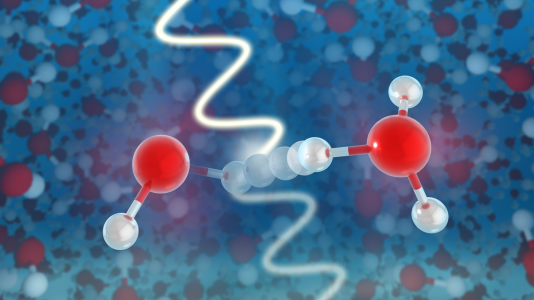
Review of Ultrahigh-rate and ultralong-life aqueous batteries enabled by special pair-dancing proton transfer
AbstractThe design of Faradaic battery electrodes with high rate capability and long cycle life comparable to those of supercapacitors is a grand challenge. Here, we bridge this performance gap by taking advantage of a unique ultrafast proton conduction mechanism in vanadium oxide electrode, developing an aqueous battery with untrahigh rate capability up to 1000 C (400 A g−1) and extremely long life of 0.2 million cycles. The mechanism is elucidated by comprehensive experimental and theoretical results. Instead of slow individual Zn2+ transfer or Grotthuss chain transfer of confined H+, the ultrafast kinetics and excellent cyclic stability are enabled by rapid 3D proton transfer in vanadium oxide via the special pair dance switching between Eigen and Zundel configurations with little constraint and low energy barriers. This work provides insight into developing high-power and long-life electrochemical energy storage devices with nonmetal ion transfer through special pair dance topochemistry dictated by hydrogen bond.Ultrahigh-rate and ultralong-life aqueous batteries enabled by special pair-dancing proton transfer
